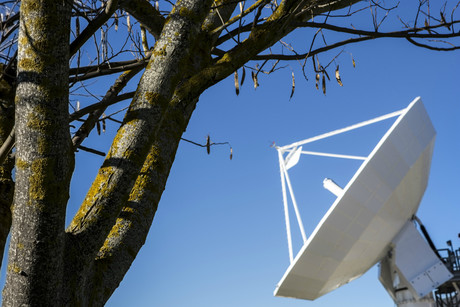Improved in-flight broadband expected after Inmarsat testing

Testing of key satellite infrastructure in Greece has been successfully undertaken by Inmarsat.
The company’s European Aviation Network (EAN) Satellite Access Station (SAS) underwent performance and stability tests to verify its capacity to serve as a gateway between Inmarsat’s S-band satellite and the internet.
Operated by Deutsche Telekom, EAN will provide a true in-flight broadband experience for millions of airline passengers travelling throughout Europe.
“The European Aviation Network offers a broadband experience like no other in the sky by combining satellite coverage with additional capacity from the ground network,” said Frederik van Essen, Inmarsat Aviation’s senior vice president of Strategy and Business Development.
“Passengers can connect using their personal devices for internet browsing, video streaming, gaming and other online services. There are also important cost and operational benefits for airlines, as the EAN system is highly compact and weighs only a few kilos.”
The results of infrastructure testing at the satellite access station in Nemea, Greece, conducted with partners Cobham SATCOM and OTE using a satellite simulator, reinforced confidence as to the scheduled launch of the S-band satellite in the middle of 2017.
The SAS consists of a 13-metre antenna that provides feeder links to the satellite, a radiofrequency subsystem and a radio access network provided by Cobham SATCOM.
Perth's new rail network control centre ready for operations
The new control centre, which covers roughly 1000 m2, will be responsible for...
5G mmWave extended to 14 km in nbn field trials
Live field trials of 5G mmWave technology in parts of the nbn Fixed Wireless network achieved...
Mavenir and Terrestar achieve NTN Voice over NB-IoT call
The achievement was conducted over a 3GPP-standardised NTN S-band spectrum, avoiding interference...





